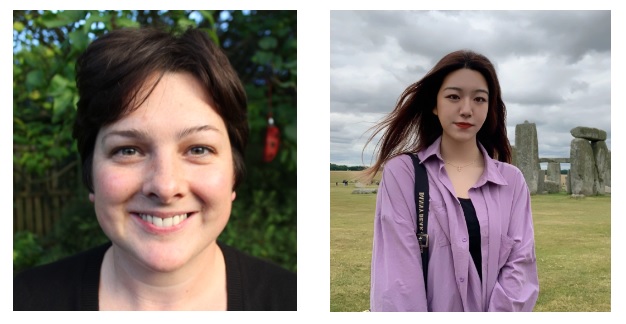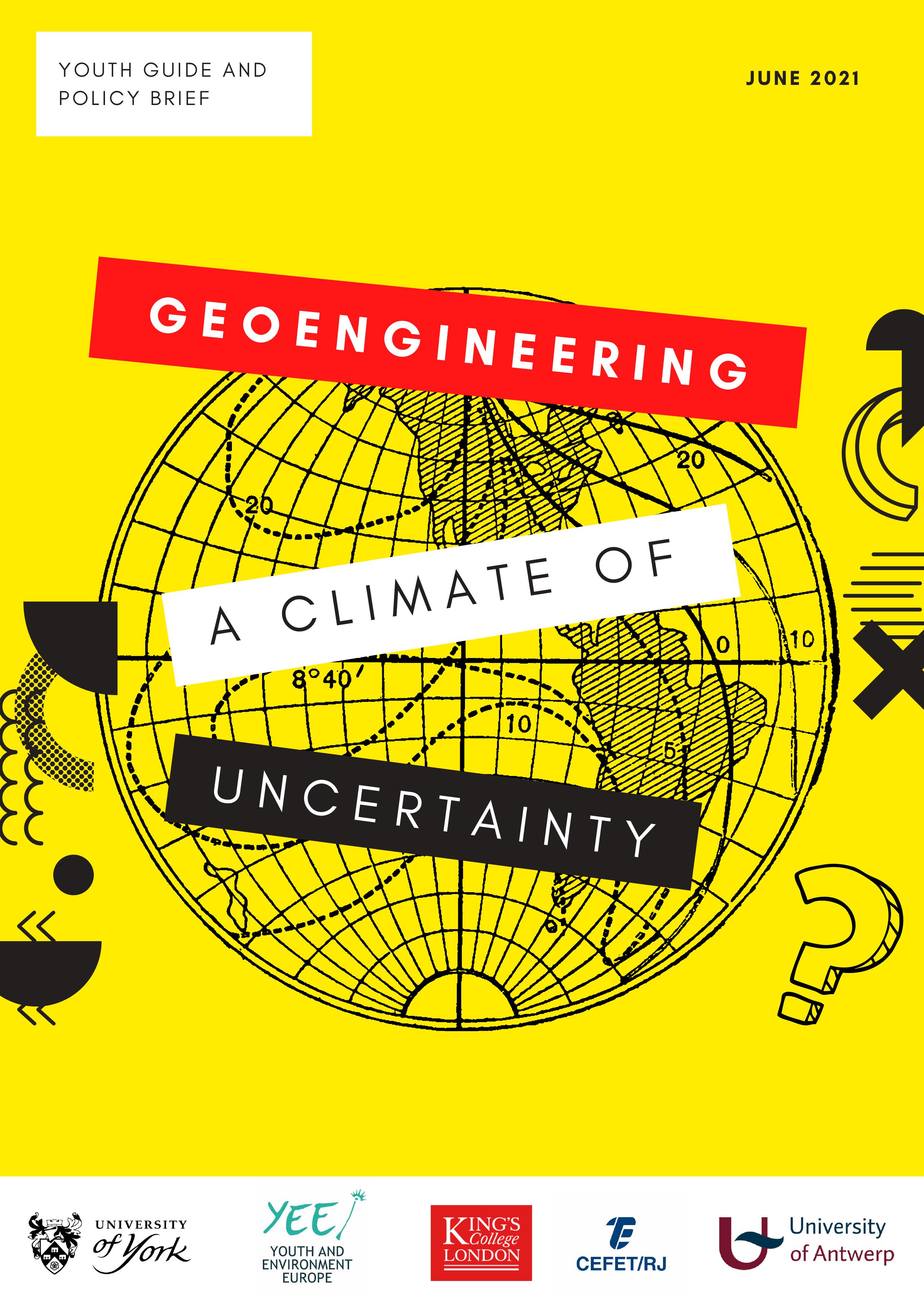Writing the future
Reflections on a climate engineering policy workshop with young people

[The views of guest post authors are their own and do not necessarily reflect any official positions of the authors’ organisations or C2G. We encourage a constructive conversation involving multiple viewpoints and voices]
Young people don’t often have the opportunity to participate in the type of in-depth discussion needed to understand and respond to emerging technologies such as those associated with geoengineering. We believe it to be important that young people are heard in discussions around how to respond to the climate crisis because the consequences will disproportionately affect the next generation.
In Spring 2021, we collaborated on a series of four online workshops which aimed to create space for young people to learn, discuss and write about climate engineering. The result was an open-access youth guide and policy brief to stimulate further discussion about geoengineering. In this blog, we highlight key features of the process of creating this brief which are important to consider in dialogues with young people on complex issues like climate engineering.
Science: What is geoengineering?
The prospect of ‘geoengineering’ has to be treated very carefully because the term’ covers a broad range of technologies, public attitudes are sensitive to how information is described and framed, and because the idea of geoengineering might raise unrealistic expectations of an immediate fix when, according to recent research1, these technologies cannot currently be relied on to limit increase in the global average temperature to well below 2 °C above pre-industrial levels. This means that discussions have to be carefully introduced. In the science workshop, we developed a shared understanding of carbon dioxide removal and solar radiation management techniques, their effectiveness, reversibility, risks and costs through independent research and presentations to peers.
Society: what is the right thing to do?
The purpose of the society workshop was to identify and explore the social, ethical and political questions raised by the prospect of geoengineering. Dialogue was used to explore many big questions, from the scientific (can we…?) to the ethical (should we…?) to the political (who decides…?). We identified questions that we think it is important to have public discussion about when thinking about the place – if any – for geoengineering. These include ‘who would, and who should benefit from geoengineering?’, ‘is geoengineering a distraction from other measures to tackle climate change?’ and ‘is a global regulatory framework needed’?

In the politics workshop, we discussed our learning about geoengineering, and our ideas about the place for geoengineering in responding to the climate crisis. Although we disagreed on many things, we were able to find agreement on the nature of the problem, the characteristics of good responses to climate change, on the need for globally inclusive governance strategies, and about the need for transparency and public scrutiny on decisions about testing and deployment of geoengineering technologies. In a collaborative writing workshop, we drafted sections, peer reviewed sections that others wrote, and discussed and resolved disagreements through talk and through the text. Our policy brief is available here.
Public: who needs to know?
The purpose of the public workshop was to identify priority audiences for the youth guide and policy brief in order to extend the conversation. Some of us participated in writing an academic paper for researchers in communication and public engagement. Others presented the brief to organisations and talked about their involvement in international conferences. We would like to encourage readers of this blog to discuss the guide – and the questions it contains – with others.
Reflections on the process
It is time consuming to learn and think about emerging technologies and how they should be regulated in order to ensure safe and fair outcomes for people and the planet. We had opportunities to get to know each other and work in different teams over a long period of time, which meant trust was built up, and we felt able to share ideas and to disagree with and challenge each other – in fact, this was encouraged, and this helped us to refine our thinking. Although our focus was on geoengineering proposals, we found ourselves agreeing on the need to prioritise social and political responses to the climate crisis.
Working with young people from different countries and cultural backgrounds was interesting and made us think in ways we might not have done had the workshops been open to young people from only one location. The workshops took place during lockdowns associated with the pandemic. This gave us an opportunity to connect with other people and share our experience of the pandemic together. Our collective experience gave us optimism for how people can work together through disagreement, across borders, on complex issues associated with the climate crisis, even in a challenging context.
1 Evaluating climate geoengineering proposals in the context of the Paris Agreement temperature goals
For more information about the project, please contact [email protected].
Geoengineering: a climate of uncertainty? Was led by Lynda Dunlop at the University of York in collaboration with Fernanda Veneu from the Centro Federal de Educação Tecnológica Celso Suckow da Fonseca, Rio de Janeiro, Brazil, Jelle de Schrijver of the University of Antwerp, Elizabeth Rushton at King’s College London and Tetiana Stadnyk of Youth and Environment Europe). Xinyue Yuan is an undergraduate student in Education who participated in the series of workshops and co-authored the youth guide and policy brief.